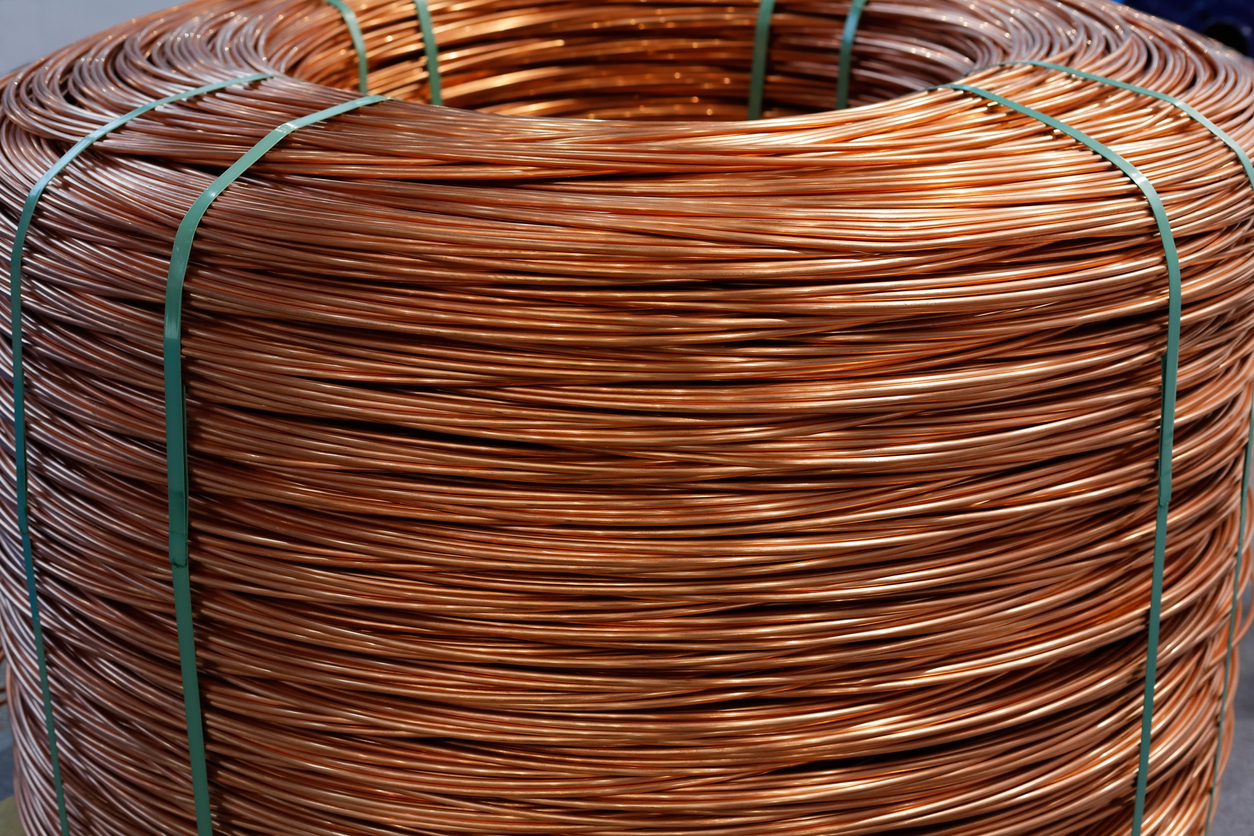
Aluminum may be a serious competitor if copper prices continue to rise at the current rate, with supply/demand dynamics changing the landscape for many miners and suppliers. Julian Kettle, Wood Mackenzie Senior Vice President, Vice-Chair Metals and Mining says, “Too many forecasts ignore the fact that aluminum is a serious competitor to copper in a number of high volume applications, including high and mid voltage power cable, busbars, transformer windings, and motor windings.”
These things will all form the backbone of a growing global decarbonization trend that is set to accelerate in the next decade and the following years. Copper prices seem to be the main competitive sticking point, with prices expected to rise to between $15,000-$20,000 a tonne. However attractive the deal might be, when it comes to government spending, price is less of an issue. With much of the demand for battery technology coming from infrastructure projects and electric vehicle manufacturers, copper is not under threat from aluminum any time soon.
The Market Continues to Vote
Some countries have attempted to slow copper price growth by releasing more product to the market. China’s attempt to slow copper prices ultimately failed because the growing trend is now bigger than just the copper market. The global economy will be driven by a new for the red metal no matter how much copper is available at any price.
Yesterday, copper prices rose yet again, as China announced it would release fewer reserve metals than expected. Copper for delivery in September rose to touch $9,554 per tonne midday Thursday on the Comex in New York. That single-day bump of 1.6% could be further confirmation that the next leg up in the price cycle has begun.
The world’s second-largest economy will sell another 30,000 tonnes of copper, 90,000 tonnes of aluminum, and 50,000 tonnes of zinc from its state reserves on July 29. However, the amounts were less than anticipated, and the market is reacting accordingly. Anna Stbalum, a commodities broker at Marex Spectron said, “It is slightly less than the market expected, but it should be priced in already as it’s pretty well flagged.”
The risks of more copper flooding the market are low, with a dearth of new copper projects looming as demand continues to rise. China is primarily a consumer of copper, and domestic production is quite low. While the temporary slowdown in price growth for copper may be attributed to some market moves from the Eastern power, it is a band-aid on a bullet wound that won’t stop bleeding.
Copper supply is too low for China to fill the gap. The global market showed a deficit of 75,000 tonnes in April, compared to a 13,000-tonne deficit in March, according to the International Copper Study Group in the most recent monthly bulletin. Globally, consumption hit 2.14 million tonnes, with output reaching 2.07 million tonnes. That gap is expected to keep growing.
The Only Viable Option
When it comes to wiring, base plates, and electrical conductivity in general, copper is the first choice by far. Copper cables and their superior conductivity properties cannot be ignored. Aluminum’s conductivity sits approximately 40% lower than copper, making it an alternative but not a very efficient one.
However, in an era where copper prices continue to gain steam in a price cycle that is showing no signs of slowing down, the question of whether aluminum might be a viable, cheaper alternative to copper is a serious one.
The leading argument suppliers might use when choosing aluminum over copper is that the density difference between the two and the cost gap is enough to overlook the lower efficiency. Aluminum cables are about 52% lighter than a copper cable equivalent due to a 30% lower density. The result might be a better property offering handling and installation benefits as it is simpler to transport and manipulate.
While copper prices may be a barrier in the future if companies and governments need lower-cost solutions, the density issue is not one they can likely accommodate. Battery density continues to rise, and higher voltage, faster-charging batteries are needed to continue to make EVs viable for mass consumption.
For the level of battery density required and the output demanded by consumers, copper is the only viable option. The speed and efficiency at which copper conductivity functions are irreplaceable as of right now, even if aluminum prices continue to follow their trend of rising slower than copper.



 Follow us on Twitter
Follow us on Twitter Become our facebook fan
Become our facebook fan










Comments are closed.